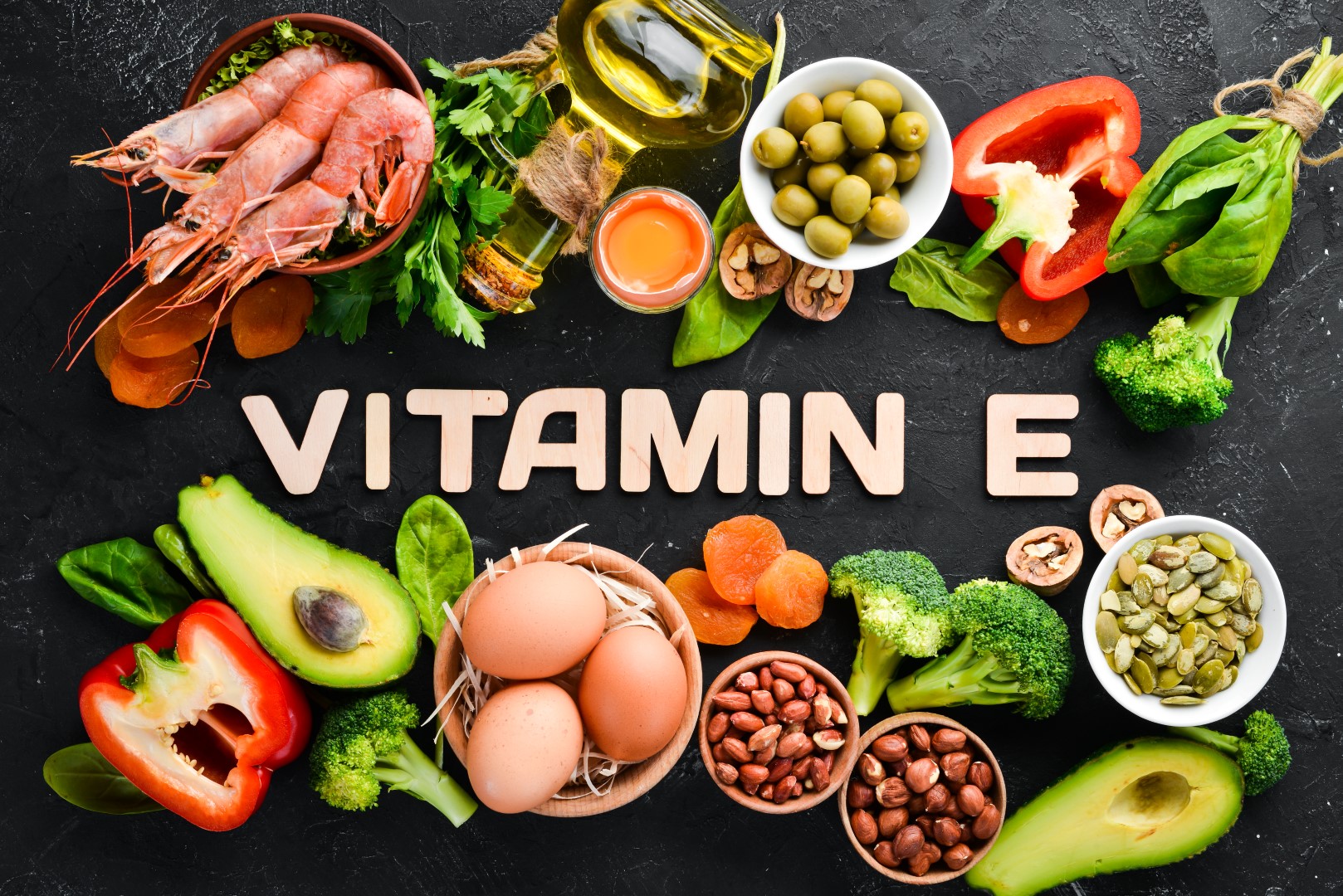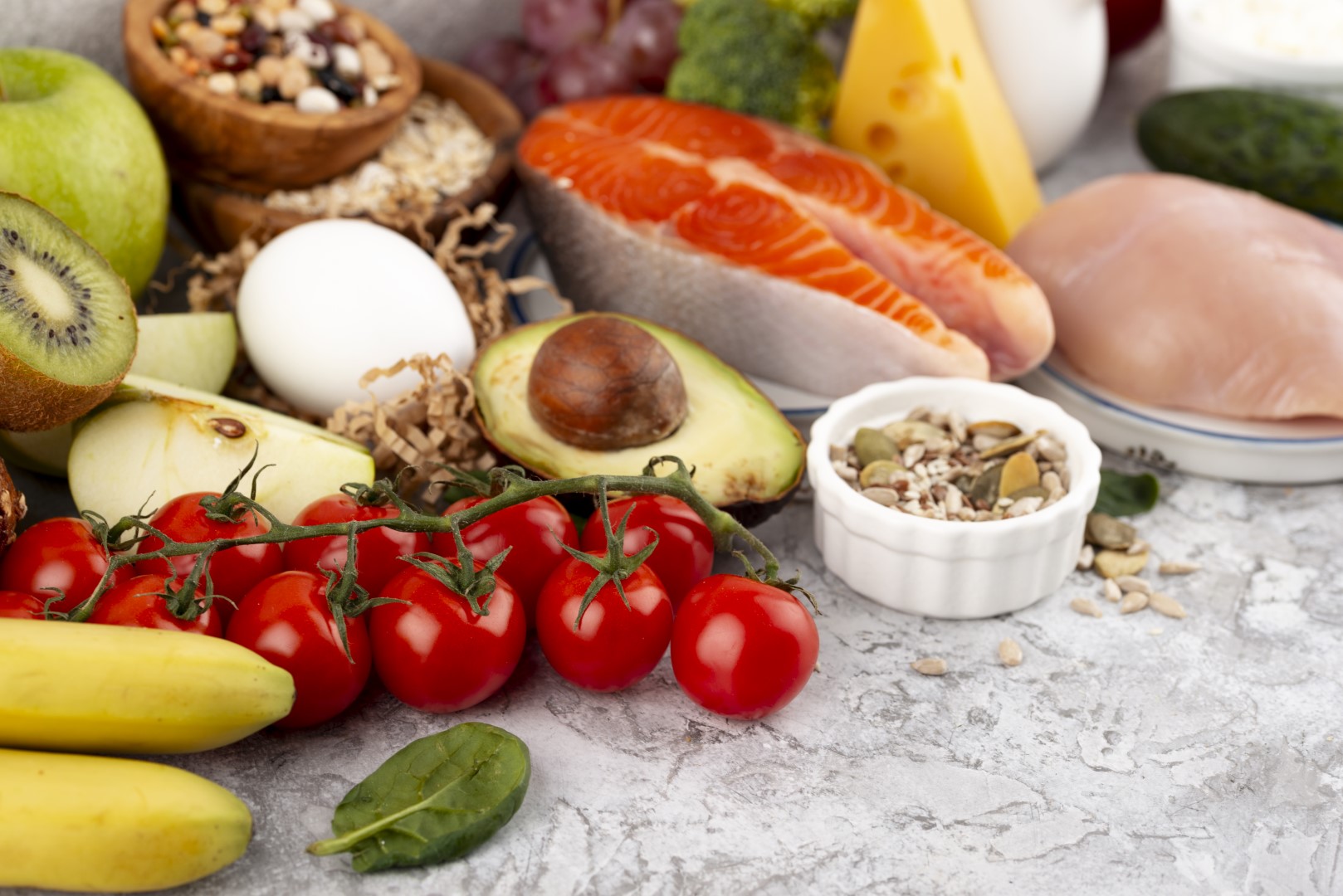
Cardboard, grassy, paint, metallic and fishy are descriptors you don’t want to hear when consumers call to discuss your food product. With such a low (often less than 1ppm) sensory detection rate and disagreeable flavor profile, oxidation products can drive down sales. Once consumers are unhappy with the flavor of your product, it will take a monumental effort to get repeat sales. Oxidation prevention in fat-containing foods is crucial to maintaining quality over shelf-life.
Food matrixes are complex and difficult to predict when it comes to oxidative stability. Only a small amount of oxygen can set off oxidation in a food system, and once auto-oxidation starts, it continues until the reactions are completed. Oxidation products, aldehydes and ketones, give off flavors and potentially toxic end products. Oxidation can also negatively change food appearance and nutrition; secondary oxidation reactions can result in browning and pigment loss, reduction of vitamins, essential fatty acids and protein quality.
Conditions that drive oxidation include light, heat, presence of oxygen, presence of metal ions like copper and iron, water activity (either too low or too high), lipoxygenase enzymes, heme proteins, chlorophyll, and time. Products using unsaturated fats, like those as part of the healthful fat trend, are also more prone to oxidation. While there isn’t a solution that will prevent oxidation forever, antioxidants are key tools in the battle against oxidation.
Synthetic antioxidants such as BHA (butylated hydroxyanisole), BHT (butylated hydroxytoluene), TBHQ (tertiary butylhydroquinone), and propyl gallate are very effective, easy to add to a variety of food products, and low cost. However, with clean ingredient trends, consumers may be looking for more natural-sounding antioxidants.
Natural antioxidants such as Tocopherols like ɑ-tocopherol and Plant Extracts such as rosemary, grapeseed, green tea and citric acid are good alternatives to synthetic antioxidants. Most plants naturally contain antioxidants.
Most plant-sourced antioxidants could be labeled as natural flavors or spices, and when paired with the maximum level of synthetic antioxidants, the total system can achieve greater oxidation protection.
Research from 2016, which tested how ɑ-tocopherol and citric acid affected shelf-life, found that three poultry fats (goose, duck, and chicken) had drastically longer shelf lives when antioxidants were added. At low temperatures (-20℃), goose fat had a shelf-life increased by 480 days when ɑ-tocopherol was added, and shelf-life increased by 150 days when citric acid was added.

Early add: No matter which antioxidant is used, add antioxidants early in processing. Antioxidants coming in with a raw material carry over into the finished product with greater success than antioxidants added after oxidation has started.
Synergy: Pairing antioxidants can achieve great antioxidant capability, but there is also a class of ingredients, synergists, which regenerate oxidized antioxidants, so they are able to perform longer. Examples of synergists include citric acid, ascorbic acid, phosphoric acid and lecithin. Work with vendors to understand the synergy potential for your product.
Usage level and costs: Some of the natural antioxidants are more costly and less effective than their synthetic chemical counterparts, meaning usage level may be higher, resulting in a higher product cost.
Flavors/color: Natural antioxidants are often extracts of spices, which can impart a flavor or color to the final product. Work has been done in this area to create natural antioxidants, which have less impact on the final product.
Regulatory: Regulations for both synthetic and natural antioxidants vary among individual ingredient and food categories. Check with your local regulations to ensure the end product is compliant.
Antioxidant formula changes will need new shelf-life studies. Often with short timelines, developers are asked to predict shelf-life before real time shelf-life studies are complete. To enable product quality if launching before shelf-life is complete, developers can add additional layers of protection to the product design with the goal of slowing oxidative reactions. These extra layers can be removed to reduce cost as shelf-life study results return.
For those products that do not currently contain antioxidants, the addition of an antioxidant system will increase product cost but may enable shelf-life extension, which in turn could reduce unsalable product or open up new market channels to offset the cost.
Codex General Standard for Food Additives; Antioxidants
European Food Additive Database
Ascorbic Acid derivatives (E300, E301, E302, E304)
Tocopherols (E306, E307, E308, E309), Erythorbic acid derivatives (E315, E316), rosemary extract (E382)
FDA Dietary Supplement Labeling Guide: Chapter VI. Claims
EFSA Guidance on the scientific requirements for health claims related to antioxidants
Effects of α-tocopherol and citric acid on the oxidative stability of alimentary poultry fats during storage at low temperatures